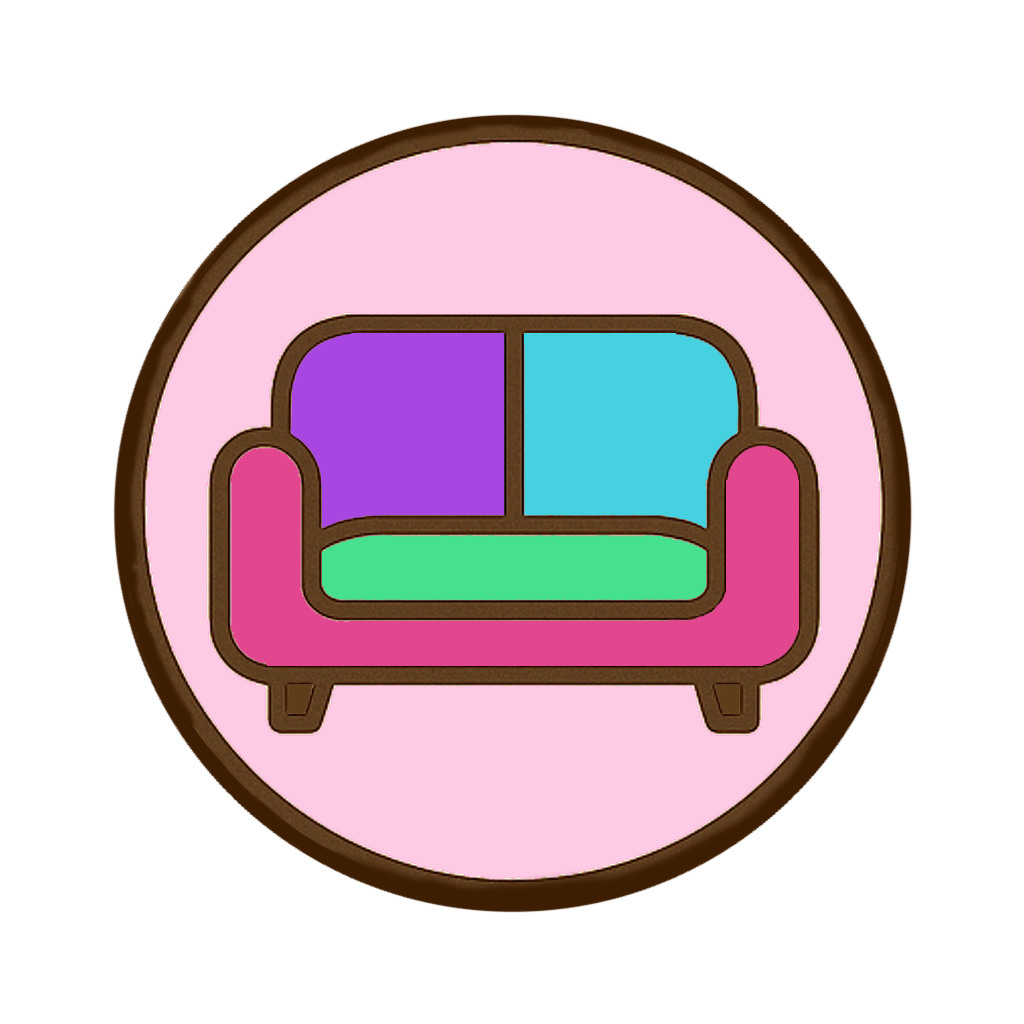We live in a world that rewards urgency, speed, and multitasking. But that rhythm isn’t always compatible with clarity, depth, or peace.
Slow productivity is an intentional approach to getting things done without burning out. It’s not about doing less, it’s about doing better, with focus, care, and sustainability.
🐢 What Is Slow Productivity?
Coined by author and computer science professor Cal Newport, slow productivity is the idea that you don’t have to rush to be productive.
It’s about pacing your work to match your energy and values. Focusing deeply on fewer things, and doing them well.
In practical terms, slow productivity looks like:
- One meaningful task per day
- Prioritizing depth over volume
- Using rituals to transition into focused work
- Taking intentional breaks
- Letting go of urgency culture
Productivity doesn’t have to feel like a race. It can feel like presence.
🔁 How It Differs from Hustle Culture
| Hustle Culture | Slow Productivity |
|---|---|
| Do more, faster | Do less, better |
| Grind constantly | Protect energy & rhythm |
| Overbooked schedule | Spacious blocks of time |
| External validation | Internal clarity |
Slow productivity asks: what actually needs to be done today?
And how can I do it in a way that respects my nervous system?
🌱 How to Practice It
Here’s how to start integrating this mindset gently into your life:
1. Choose a single focus each day
Pick one high-impact task and center your day around it. If you finish early, great! You can rest or layer in lighter tasks.
2. Use transition rituals
Create a calm entry into deep work:
- Brew tea
- Light a candle
- Listen to the same instrumental playlist (or Pomdoro Lounge video 😜)
- Write a one-line intention
These signals help your brain shift into focus mode without force.
3. Take real breaks
Instead of doomscrolling, step away:
- Stretch
- Step outside
- Stare at the clouds
- Breathe without a goal
Breaks are not a reward, they’re part of the rhythm.
4. Protect your energy window
Identify your peak focus hours and guard them. This might be 8–11am, or 9–10pm. Everyone’s different. Let those hours be for you.
5. Reflect and reset often
At the end of the day, ask: Did I work in a way that felt good? What drained me? What energized me?
Self-awareness is the map. You don’t need a perfect schedule, just a grounded one.
💬 Why It Matters
Burnout isn’t just caused by too much work, it’s often caused by the way we relate to our work.
Slow productivity gives us permission to reclaim that relationship. To work with rhythm, not resistance.
At The Lounge, we believe you can be productive and gentle at the same time.
You don’t have to choose.
Looking for more intentional ways to work and rest? Our next post drops soon 💛


